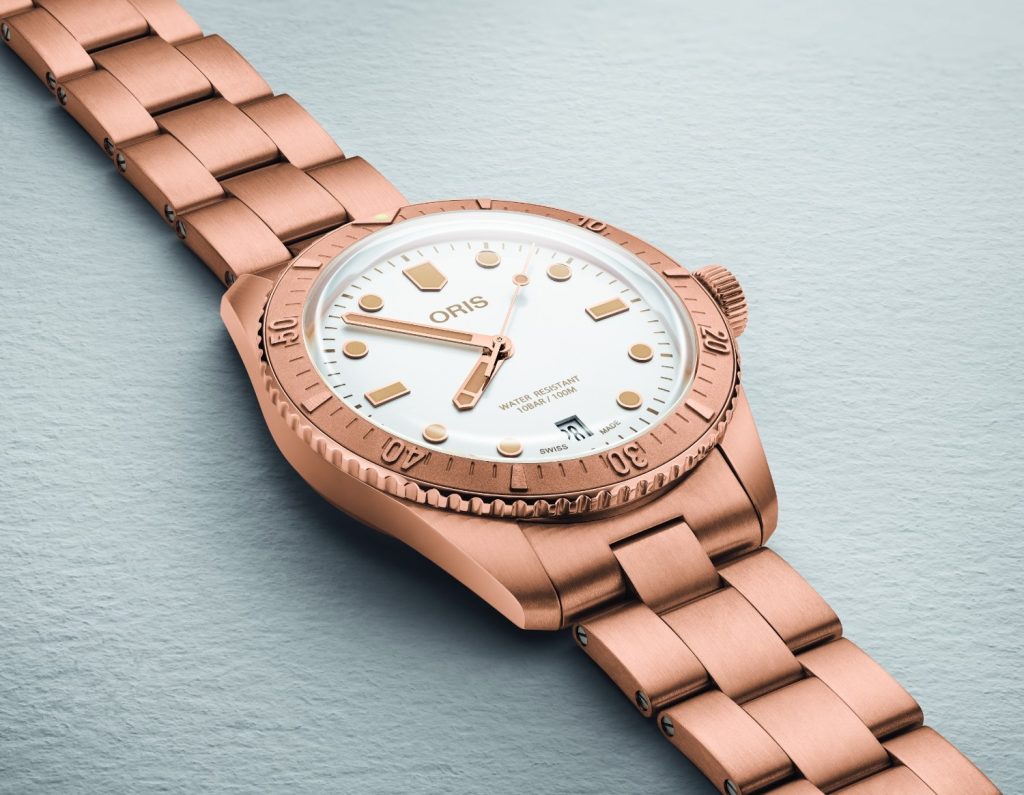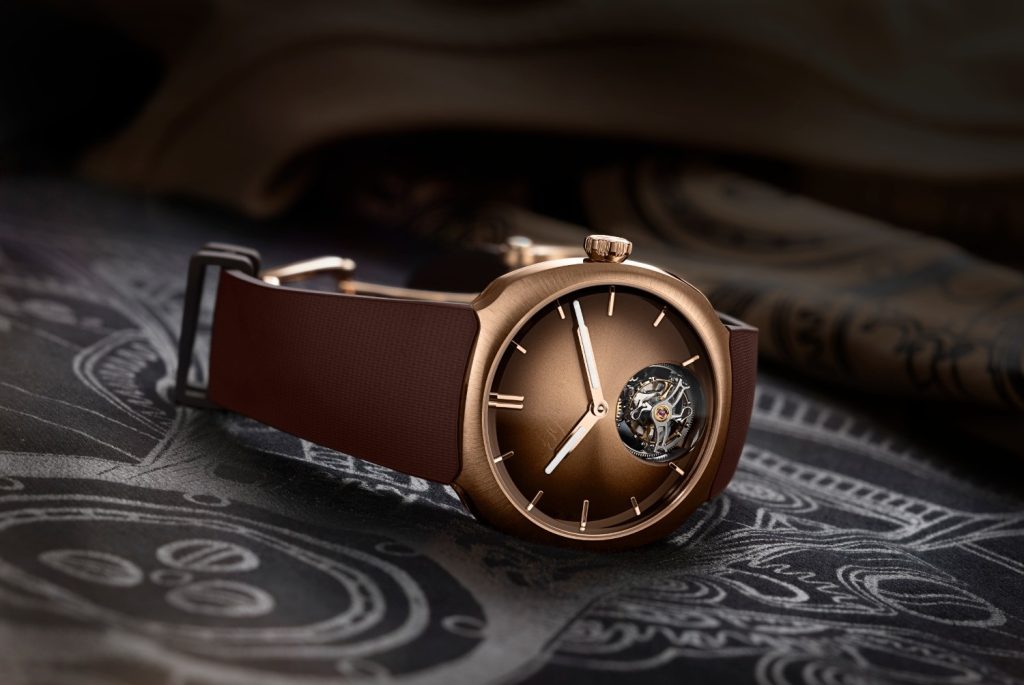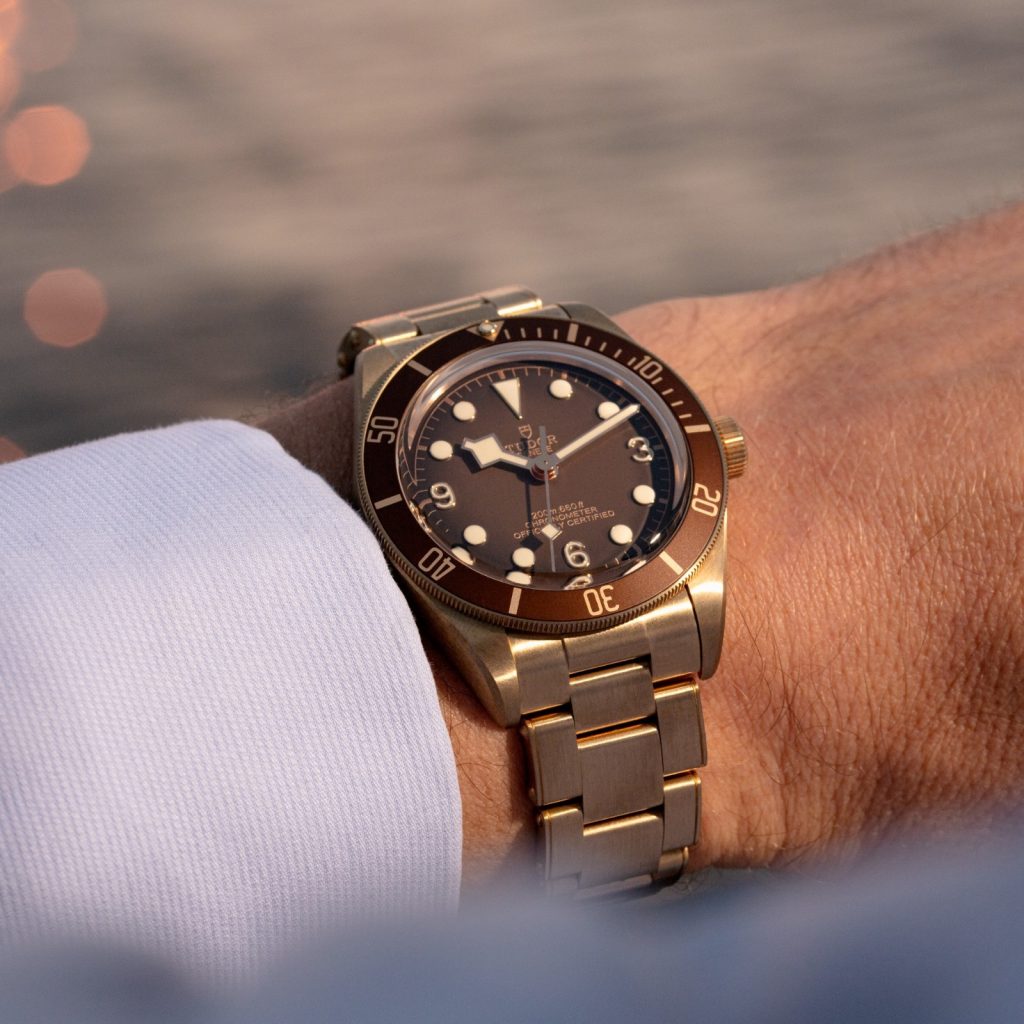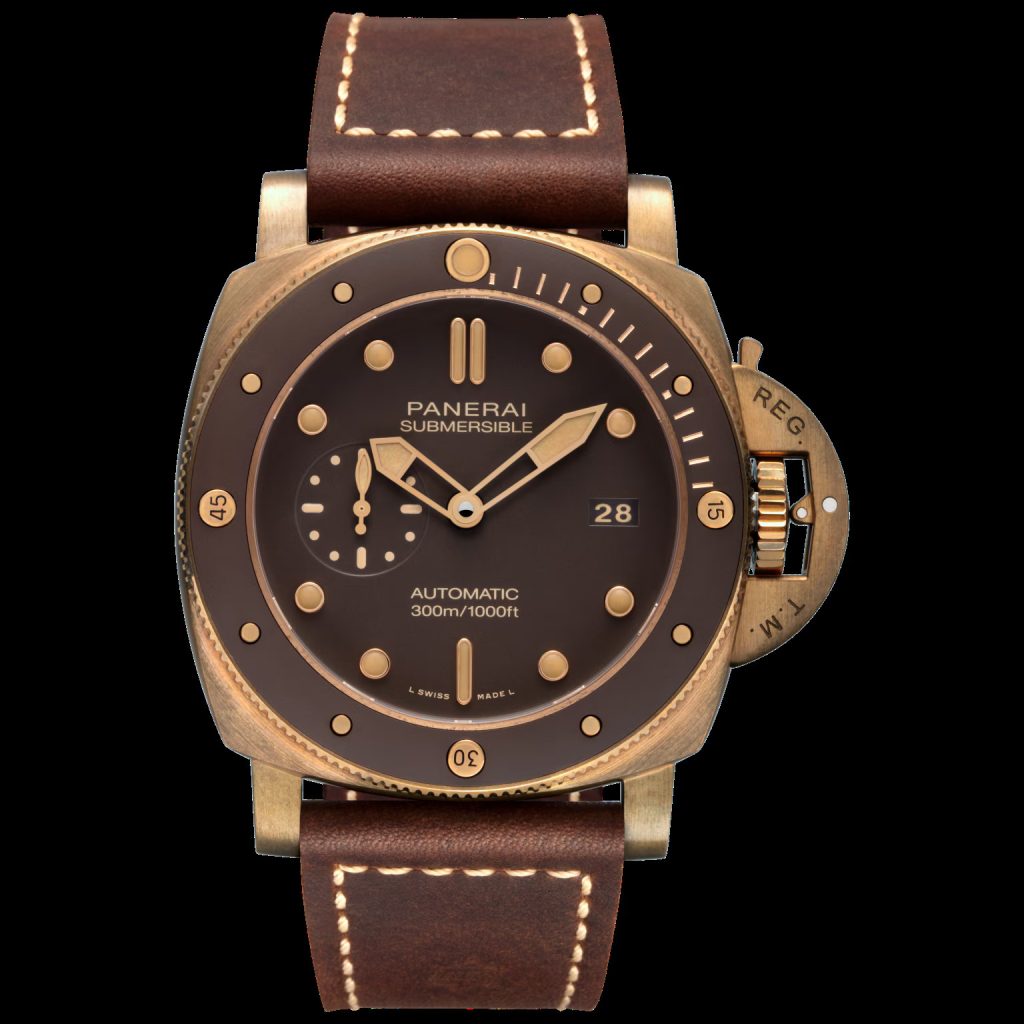The Natural Formation Of Patina Creates A Unique Finish That Makes Each Watch Shine Differently
Patina’s significance lies in its protective qualities, its role in authentication, dating, and its aesthetic value, which can enhance an object's character
In the pristine world of luxury watches, collectors often debate whether a timepiece should remain untouched or wear its age with pride. That’s where patina steps into the conversation. Far from being a flaw, patina is the natural surface change that develops over time as metals, dials, and hands interact with the environment. It’s a soft veil of oxidation, fading, or colour shift that gives each watch its own distinctive signature.
In horology, patina isn’t just chemistry; it’s poetry. It’s the quiet trace of life lived, a timestamp on materials that bear witness to the passing years. A vintage dial with a subtle cream tint or hands with a warm, muted tone can ignite collector fascination as much as a factory-fresh finish. Patina is the natural surface layer that develops on materials over time through exposure to air, moisture, light, and the wearer’s skin.
In watches, it often appears as a soft discolouration, darkening, or subtle sheen that gives each piece a unique character. Its composition depends on the material: in metals, it’s usually a thin layer of oxides, carbonates, or sulfides formed through chemical reactions; on dials, it can involve changes in paint, lacquer, or luminous compounds reacting with their environment. Far from being damage, patina is often valued as a sign of authenticity and individuality.
The Science Behind The Shine

Patina occurs when materials react to external factors like air, moisture, sunlight, and even the acidity of the wearer’s skin. For metals such as copper-based alloys, this can mean a gradual darkening or the appearance of rich, greenish tones. On watch dials, especially those made decades ago, slight variations in paint, lacquer, or luminous materials can age unevenly, resulting in a spectrum of shades that modern production can’t replicate.
Rather than dulling a watch’s brilliance, this transformation often enhances its allure. The soft sheen of a gently aged case can look less like a layer of wear and more like a glow from within—an evolved lustre shaped by time.
Why Collectors Care

For enthusiasts, patina is a marker of authenticity and individuality. Two identical watches may leave the factory together, but decades later, their surfaces can look dramatically different. Sun exposure might have mellowed one dial to a golden hue while leaving the other crisp and original. To a seasoned collector, those differences tell parallel stories—one of preservation and one of character.
Auction houses and watch forums are filled with discussions on the ‘right kind’ of patina. A uniform, warm fade is often prized, while damage that appears patchy or inconsistent can lower desirability. A well-aged dial can even elevate a humble reference into a highly sought-after collector’s piece simply because its patina is exceptional.
Modern Watches and a Vintage Effect

Patina is no longer just a happy accident of time; it has become a deliberate design element. Many modern watchmakers embrace the concept by using materials and finishes that are intended to evolve with the wearer. Certain alloys and dial coatings are chosen precisely because they react visibly over time, making each watch a personal canvas.
For some brands, patina represents a romantic nod to the golden age of watchmaking. For others, it’s a way to build emotional value into contemporary pieces. After all, what’s more personal than a watch that changes in response to your life?
To Restore or Not to Restore
One of the most passionate debates among collectors revolves around whether to polish, clean, or replace patinated components. Purists argue that any attempt to “restore” a watch erases its unique history. A buffed case or a reprinted dial can strip away decades of character in a single service session.
On the other hand, some prefer their watches to look as close to original condition as possible, viewing heavy patina as an aesthetic distraction. This push and pull between originality and restoration is part of what makes collecting so dynamic—and why transparency about servicing is so crucial in the vintage market.
The Emotional Glow of Time

Patina embodies more than just surface change; it represents memory, individuality, and the passage of time. A perfectly aged dial might remind someone of their grandfather’s wristwatch; a slowly darkening case may mirror the journey of a watch worn daily through life’s moments.
This emotional resonance is why patina holds such a special place in horology. It’s not applied in a factory or ordered in a catalogue; it’s earned, slowly and authentically, over years of living.
A Living Finish, Not a Flaw
In the end, patina isn’t about perfection—it’s about personality. It turns uniform production into singular artistry, making every watch a little more human. Whether embraced as a badge of honour or approached with reverence, patina remains one of the most fascinating intersections of science, design, and emotion in the world of watches.